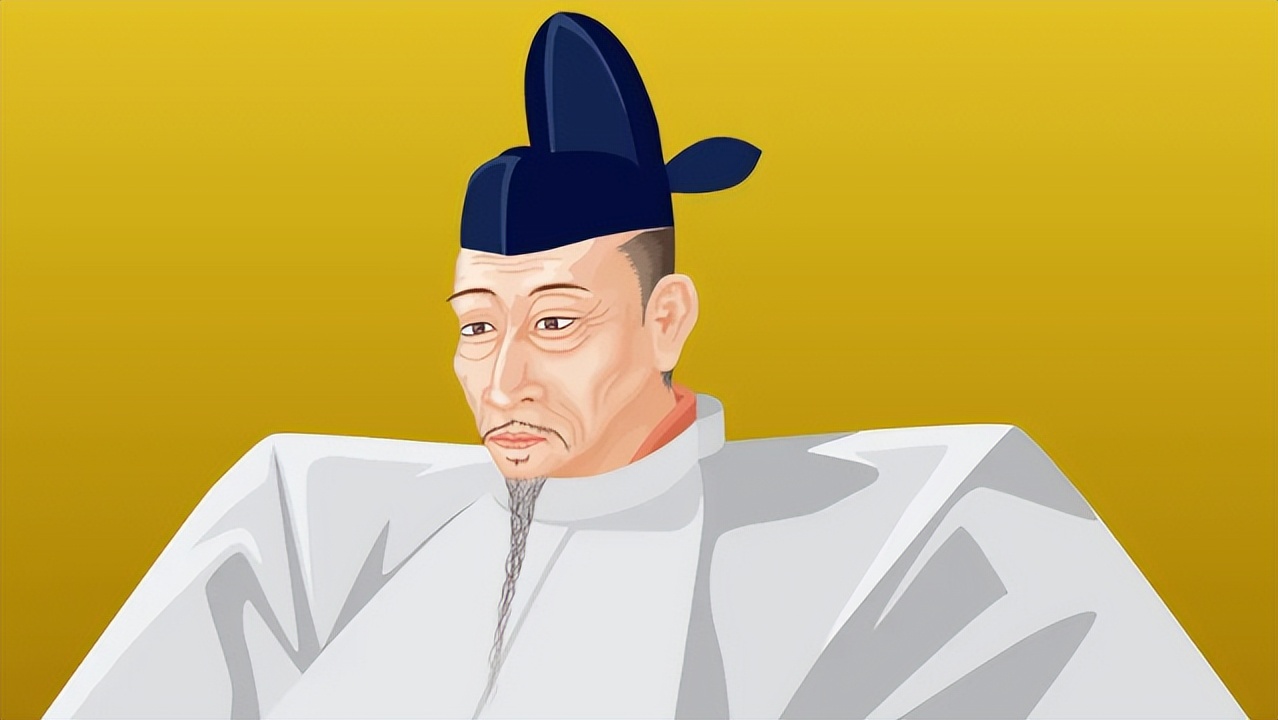
Toyotomi Hideyoshi's invasion of Korea ended in failure.
Since Toyotomi Hideyoshi's invasion of Korea, invading other countries has become an easy task, and this time we will analyze the whole picture of his policy of ruling Korea.
The beginning of the Wenlu era
In March of the first year of Bunroku (1592), Toyotomi Hideyoshi began to send troops to Korea (the Battle of Bunroku). It is said that the Japanese army was about 160,000 people, led by General Konishi and other generals.
When the fighting was cut off, the Japanese first captured Busan Castle. Soon after kuroda Nagamasa and Kato Kiyomasa's armies converged, they captured Seoul in May.
The Japanese army set fire to the palace, snowflakes flew everywhere, people led by the King of Korea fled, and the gold and silver treasures left in the palace were taken over by the Japanese army, which was an overwhelming victory for the Japanese army.
Toyotomi Hideyoshi's amazing approach
On May 16, after the fall of Seoul, Hideyoshi made clear his policy of occupying Korea. The outline is to prevent Japanese soldiers from carrying out rough and rough actions in the local area, to return Korean townspeople and peasants to their hometowns, and to build Hideyoshi's throne in the center of Seoul.
On May 18, Hideyoshi gave His amazing idea to Hideji Sekibai Toyotomi. There are 25 memorandums in this one, the main points of which are as follows (The Collection of Documents of the Zunjing Pavilion Library).
(1) Set Guan Bai Xiu ci as Guan Bai in China. Moreover, the 100 countries around Beijing were instructed to prepare for the expedition as soon as possible next year.
(2) In 1594 of the following year, Emperor Goyō moved to Beijing and marched to the surrounding 10 countries. Within this range, the public also took the form of xingxing when Hou Yangcheng moved to Beijing for the purpose of knowing the deeds.
(3) After Go-yōsei, Crown Prince Ryohito or His brother Prince Chihito decided to be emperor, while Sekitaka of Japan decided to be raised by Hidehide Toyotomi's adopted sons Hideho or Ukita Hideyoshi.
(4) Hidenobu Asabata (Nobutada Shiroko) or Hideya. Sen-em, Hidetoshi Hashiba (Hidetoshi Kobayakawa) who left Meizen In hiya.
Hideyoshi said it was very interesting to really rule China, the Ming Dynasty, and Korea.
Phantom Daimyo configuration
In addition, Hideyoshi ordered the generals who had sent troops to Korea to deploy throughout Korea, as follows (Tosa Kingdom).
(1) Maori Huiyuan ———— Gyeongsang Road (2,887,790 stones)
(2) Takakage Kobayakawa ———— Zenkodo (2,269,379 stones)
(3) Shikoku (Masanori Fukushima, etc.) – Chungcheong-do (987,514 stones)
(4) Mori Yoshinari ———— Gangwon-do (402,289 stone)
(5) Ukite Hideya ———— Gyeonggi-do (775,113 stone)
(6) Kuroda Nagamasa —————— Hwanghae-do (728,867 stones)
(7) Kiyomasa Kato —————— 镜 Road (2,071,028 stone)
(8) Governor Konishi —————— Heian Road (1,794,186 stones)
※ Total - 8,196,186 stones
Hideyoshi was configured on the premise of dominating all of Korea. The great names were forced to bear a huge financial burden when they sent troops, and even if they were sent to the land of a foreign country and North Korea that had no landing, they must be very confused.
In the 20th year of Tenshō (1592), Hideyoshi established a stronghold in Ningbo, which was the stronghold of Sino-Japanese trade, and considered invading India's Tenzhu (India).
In the 18th year of Tenshō (1590), Ryukyu (Okinawa), Takayama (Taiwan), and Lusen (Philippines) also demanded obedience and tribute (The Collection of the Zunjingkaku Library).
Hideyoshi himself depicted his rule over the Ming Dynasty and Korea in his dreams, and even the configuration of the daimyo was decided, which made him feel excited and convinced. Moreover, this dream extended further to the domination of East Asia. No one opposed Toyotomi Hideyoshi's political ideas, which left a great curse on Japan's subsequent defeats.
summary
Toyotomi Hideyoshi's vision was thwarted by resistance from the Korean people. After Hideyoshi's death in August of the 3rd year of Keicho's reign (1598), peace was restored to Korea and the soldiers were withdrawn to Japan.